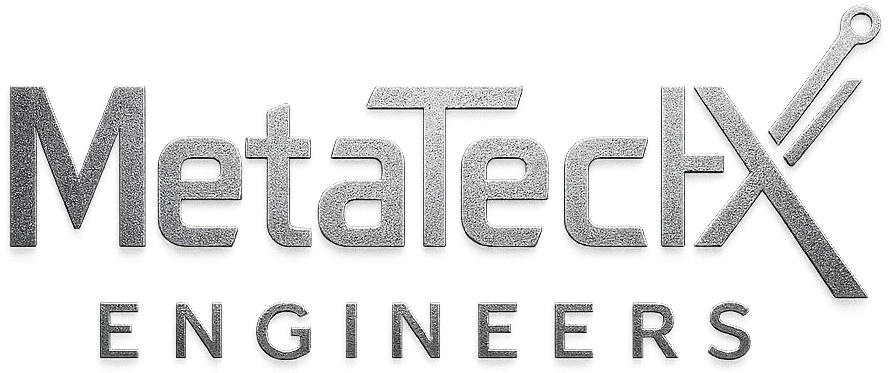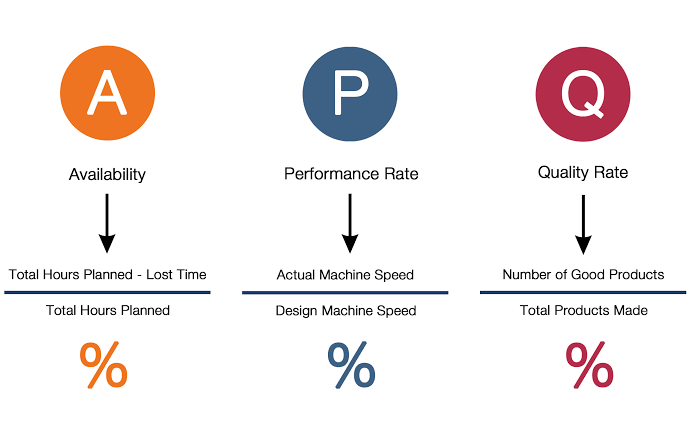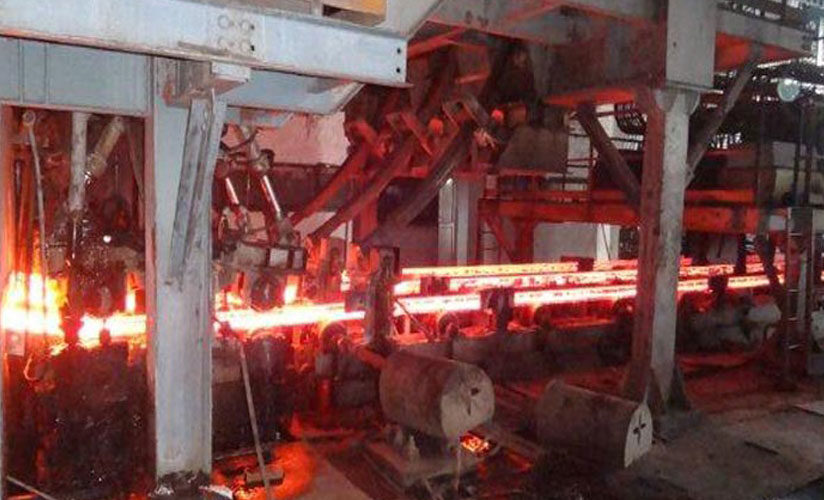The hot rolling process is a fundamental step in the production of many metal products that we encounter in our daily lives. It involves the shaping of metal billets or ingots into various forms through the exertion of compressive forces and heat. An important aspect of this process is the use of roll passes, which determine the final shape, dimensions, and quality of the product. There are several types of roll passes that are strategically employed throughout the hot rolling process. This essay aims to explore and discuss these different types of roll passes in detail, examining their characteristics, purposes, and advantages.
One commonly used type of roll pass is the two-high rolling mill pass, also known as a breakdown pass. As the name suggests, this pass is primarily focused on reducing the thickness of the metal material and transforming it into a slimmer and longer form. The two-high rolling mill pass involves the use of two rolls, typically placed horizontally, that apply pressure to the material. The compressive forces exerted by the rolls helps in elongating and reducing the thickness of the metal. This pass is crucial in achieving the initial reduction in thickness and serves as a foundational step in subsequent roll passes.
Another type of roll pass is the three-high rolling mill pass, commonly utilized after the two-high rolling mill pass. This pass involves the incorporation of an additional roll, often placed vertically between the two horizontal rolls. The three-high rolling mill pass aims to further reduce the thickness of the metal while simultaneously providing improved control and precision. The additional roll allows for better distribution of the applied forces, ensuring a more uniform reduction in thickness as compared to the two-high rolling mill pass.
A widely adopted roll pass technique is the cage roll pass, which involves the use of multiple rolls placed in a cage formation. The configuration of rolls in the cage roll pass can vary depending on the desired final shape of the product. This technique is especially applicable when shaping metal into profiles such as channels, beams, and angles. The cage roll pass provides enhanced control over the shape and dimensions of the product by exerting compressive forces in specific areas. It allows for the efficient transformation of the metal material into the desired profile shape with minimal material loss.
Another important roll pass is the tandem rolling mill pass. This pass involves the use of multiple roll stands in a series, each gradually reducing the thickness of the metal strip. The tandem rolling mill pass allows for a high degree of control over the final thickness and shape of the product, making it ideal for the production of flat plates and sheets. Additionally, the tandem rolling mill pass improves productivity by enabling a continuous rolling process, minimizing downtime between passes.
In certain cases, the diamond roll pass is employed to create specific patterns or textures on the surface of the metal. The diamond roll pass utilizes rolls with a patterned surface, typically in a diamond-like shape or other geometric patterns. When the metal material passes through these rolls, the pattern is transferred onto its surface. This technique is often utilized to enhance the aesthetic appeal of the final product or to improve its functional properties, such as grip or wear resistance.
Furthermore, a cross roll pass is employed when a significant reduction in the width of the metal sheet is required. This pass utilizes rolls with different diameters, positioned at an angle to each other. As the metal passes through these rolls, it undergoes both a thickness reduction and a width reduction. The cross roll pass is advantageous when producing thin strips or wires that require precise dimensional control and high surface quality.
The universal rolling mill pass is another advanced roll pass technique that allows for the production of a wide range of products with varying dimensions and shapes. This pass involves the use of multiple rolls, which can be adjusted both vertically and horizontally. By changing the position and alignment of the rolls, the universal rolling mill pass enables the production of different profiles, such as round bars, squares, or hexagons. The versatility offered by the universal rolling mill pass makes it an efficient and cost-effective choice for the production of diverse metal products.
Moreover, the shifting roll pass is utilized when a uniform reduction in thickness across the width of the metal sheet is essential. This pass includes the movement of rolls in a lateral direction during the rolling process. By shifting the rolls, the material experiences a consistent reduction in thickness, ensuring uniformity and preventing defects such as uneven thickness or waviness.
Lastly, the edging roll pass focuses on the accurate shaping of the edges of the metal strip. This pass involves the use of rolls.




